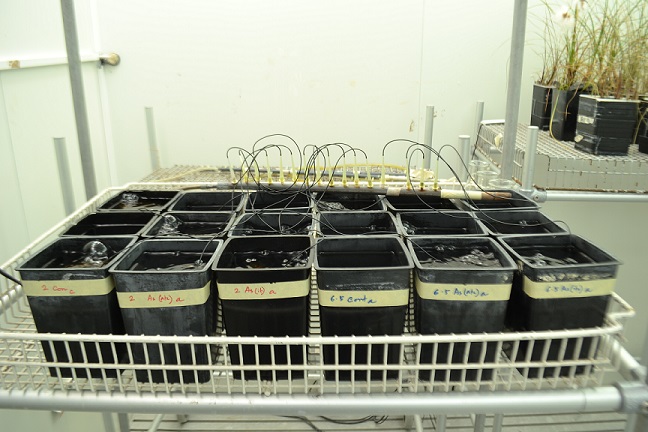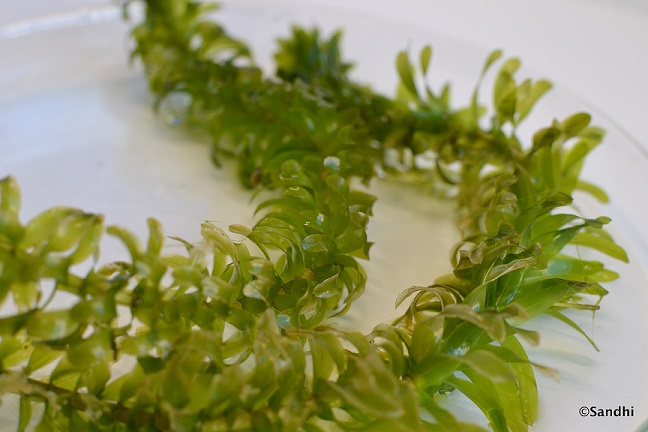Plants
Cleaning Water with Underwater Plants
The water industry is grappling with how to purify water in an eco-friendly way and simultaneously retain useful nutrients. Using plants as biofilters is an emerging technology to do this. In a pilot scale project we now use aquatic plants to remove toxic metals from water, bridging knowledge from Sweden and developing countries.
Heavy metals and metalloids like arsenic are found in large areas around the globe in both soil and water. They cause cancer and to remove them from soil and water through a cheap and environment friendly method is necessary. This is of special importance to developing countries. For the past three decades, plant-based methods have been tested and have today found practical use. Recently we discovered underwater plants able to efficiently remove heavy metals and arsenic. Such “phytofilters” are not well developed globally. Lack of awareness and promotion of this technology are the major reasons for slow growth of this technology. A number of plant-based water cleaning technologies of excess nutrients are already in use in Sweden thereby verifying the technology. Stockholm University is a leading research organization investigating phytofilter technology at pilot scale with a number of internationally published results. The main objective is to now create a globally applicable phyto-based sustainable water cleaning technology, developed in Stockholm. With strategic partners like KTH this technology is being optimised for performance under field conditions, contributing to safe and affordable water in the world’s low- and middle income regions.


